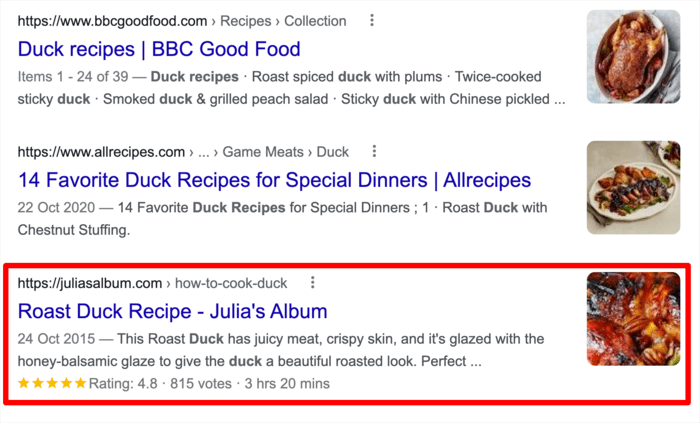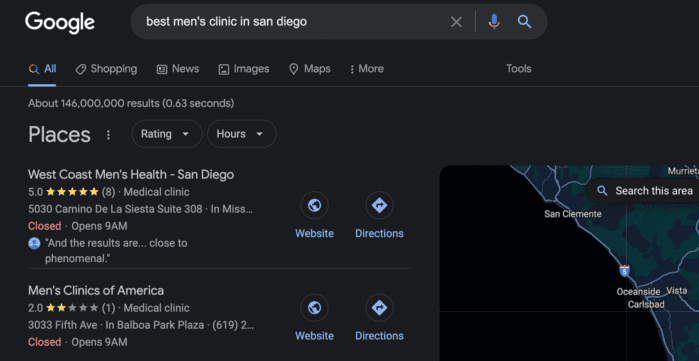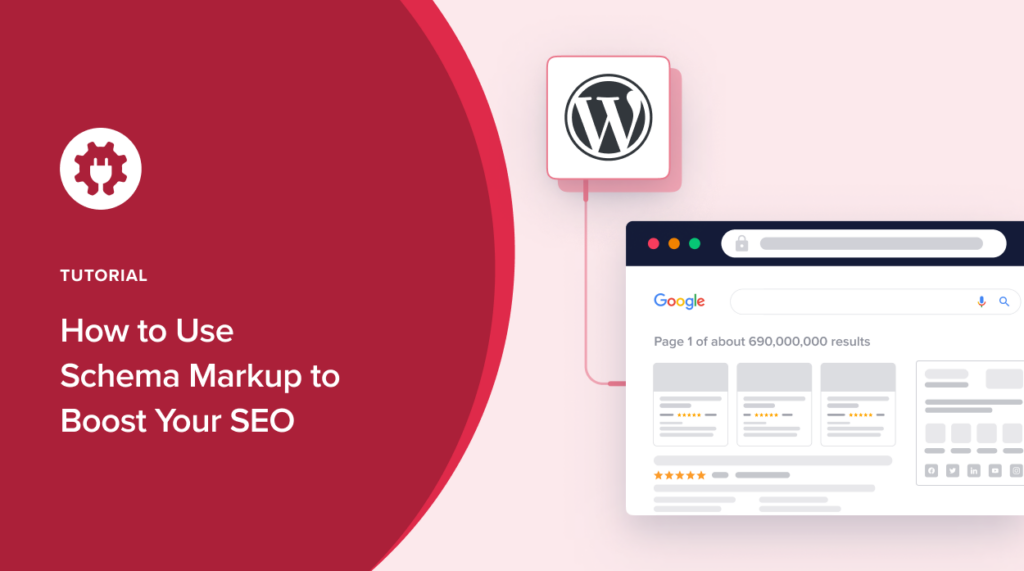Do you want to know how to use schema markup to boost your SEO?
Schema markup plays a huge role in SEO as it results in rich snippets and a boost in CTR. It can also help you land the featured snippet. However, you must know how to add it to your site correctly.
In this article, we’ll show you how to use schema markup to boost your SEO.
What is Schema Markup?
Schema markup, also known as structured data, is a semantic language that helps search engines better understand your content. It involves using tags that give search engines more context about your pages or posts.
How to Add Schema Markup in WordPress
Knowing how to add schema markup in WordPress is crucial if you’re to successfully use it to boost your SEO. Here’s a simple 2 step process on how to do that:
Step 1: Install AIOSEO
Adding schema markup in WordPress is super easy. That’s especially if you have a powerful SEO plugin like All In One SEO (AIOSEO).

AIOSEO is a powerful WordPress plugin that boasts 100 million downloads and is trusted by millions of savvy marketers to help them rank their websites and drive traffic. The plugin has many SEO features and modules designed to help you optimize your website for SEO, even if you have zero coding skills.
One of those features is the Schema Generator. This is a powerful tool that enables you to add any type of schema markup to your content. All you have to do is pick a schema type from our Schema Catalog. Of course, you can also add custom schema markup if your schema type of choice isn’t featured in the catalog.
Boosting your SEO using schema markup is super easy with the right plugin. That’s why installing AIOSEO should be your first step to dominating the SERPs using schema markup.
For step-by-step instructions on how to install AIOSEO, check our detailed installation guide.
Step 2: Add Schema Markup to Your Post/Page
Once you’ve installed AIOSEO, adding schema markup in WordPress is easy. First, open the post or page you want to implement schema on. Next, scroll down to the bottom of the page and go to AIOSEO General Settings » Schema » Generate Schema.

From here, you can add any type of schema markup to your page.

For detailed instructions on how to add schema markup in WordPress, check out our step-by-step guide on how you can do just that.
Now that you know how to add schema markup, let’s quickly look at how schema markup can help boost your SEO.
How to Use Schema Markup to Boost Your SEO: 5 Easy Ways
Schema markup has many SEO benefits that can help you boost your SEO and drive traffic to your site. Here are a few ways it can help you do that:
1. Better Indexing
Schema markup helps search engines better understand your content and its context. Because of this, they can index your content much better.
Indexation refers to the process search engines use to understand your content and store it in their database. This is important as proper indexation results in your content being served for relevant searches.
Another AIOSEO feature that helps with fast indexation is IndexNow. You can check it out here.
2. Rich Snippets
One of the biggest benefits of adding schema markup to your content is that it results in rich snippets. These are information-rich snippets displayed on SERPs, as in the example below.

The biggest SEO benefit of rich snippets is that they increase your visibility on SERPs. As a result, your search listing becomes more prominent, resulting in more clicks and traffic.
In the example above, despite being in position 3, the listing with the rich snippets is highly likely to drive more clicks because of its prominence and extra information it givers users. And the high CTR is likely to result in the listing being promoted above the other 2.
3. Featured Snippet
Another reason schema markup is a critical component of SEO is because it can help you land the featured snippet. These are short snippets of text that appear at the top of Google’s search results to answer a searcher’s query quickly. Because of this, featured snippets are sometimes called position zero.
Because of their position and prominence, featured snippets drive a lot of clicks and traffic. That’s why many SEOs strive to optimize their content for this powerful SERP feature. And one way to do that is by implementing schema markup.
Another way to optimize for the featured snippet is to add an FAQ block to your content.
4. Boosts Your Credibility
People are more likely to click on a search listing if they can be assured it’s a credible source.
This is another benefit that schema markup provides. For example, review schema can help you display customer reviews.

Displaying these reviews is a great way to show users that other users trust your brand. It also helps position you as a better solution than your competitors.
You can also do the same with other schema markup types, for example, product schema. The extra information generated in the snippets will help users trust your brand and product more.
As a result, you’ll drive more clicks and generate more leads and sales for your business.
5. Enhances Your Findability in Search
Users interact with your content on different platforms, and it’s important to optimize your content for findability across platforms and devices.
One way to optimize your content for cross platforms and devices without crafting custom experiences is to use schema markup. Doing so will help you optimize for voice search and text-based search across different devices.
Boost Your SEO and Grow Your Business with the Power of Schema Markup
It’s no secret that having a strong online presence is crucial to business growth. However, that growth can only come if the right people find your content and click on it on SERPs.
This is why you must implement schema markup on your site.
With schema markup, you can improve your visibility on SERPs. You can also boost your CTRs. The result is better ranking, increased traffic, and business growth.
We hope this article has helped you know how to use schema markup to boost your SEO. Once you’re done adding schema markup to your content, you may also want to check out our guide on improving your organic CTR. You may also be interested in our article on image SEO best practices.
Disclosure: Our content is reader-supported. This means if you click on some of our links, then we may earn a commission. We only recommend products that we believe will add value to our readers.


This site is confusing, I cant find what I logged in for, and this site is not user friendly not everyone is tech savvy
Hi Peter. Sorry to hear you’re struggling to find what you’re looking for. Kindly reach out to our support team here for assistance. They’ll be more than happy to help.
Cheers.
I am using AIOSEO 3 years. Best Seo Tool snd user friendly. U need to read and ask support. The support always helps and very quickly. You have to learn for yourself to be successful. it’s easy to use once you get the hang of it. my comment is absolutely honest. I was able to place some domains at the top of Google with AIOSEO.
Regards Micha from Germany
Thanks for this post. Very useful as I am currently looking into optimizing a bit with Schemas. It’s quite a jungle yet for me to figure out, just how to use it on my page and IF I should do so one every page, blog posts only or in a more selective way.
This is a very resourceful information. I did not know that schema markup was to be added to all posts/pages, I am just learnings it now. furthermore, I would be very selfish if i dont thank you for this very wonderful tool (AIOSEO). whereas am a starter, hardly four months using it, it has helped me very much to develop good content all above 90% . Thank you.